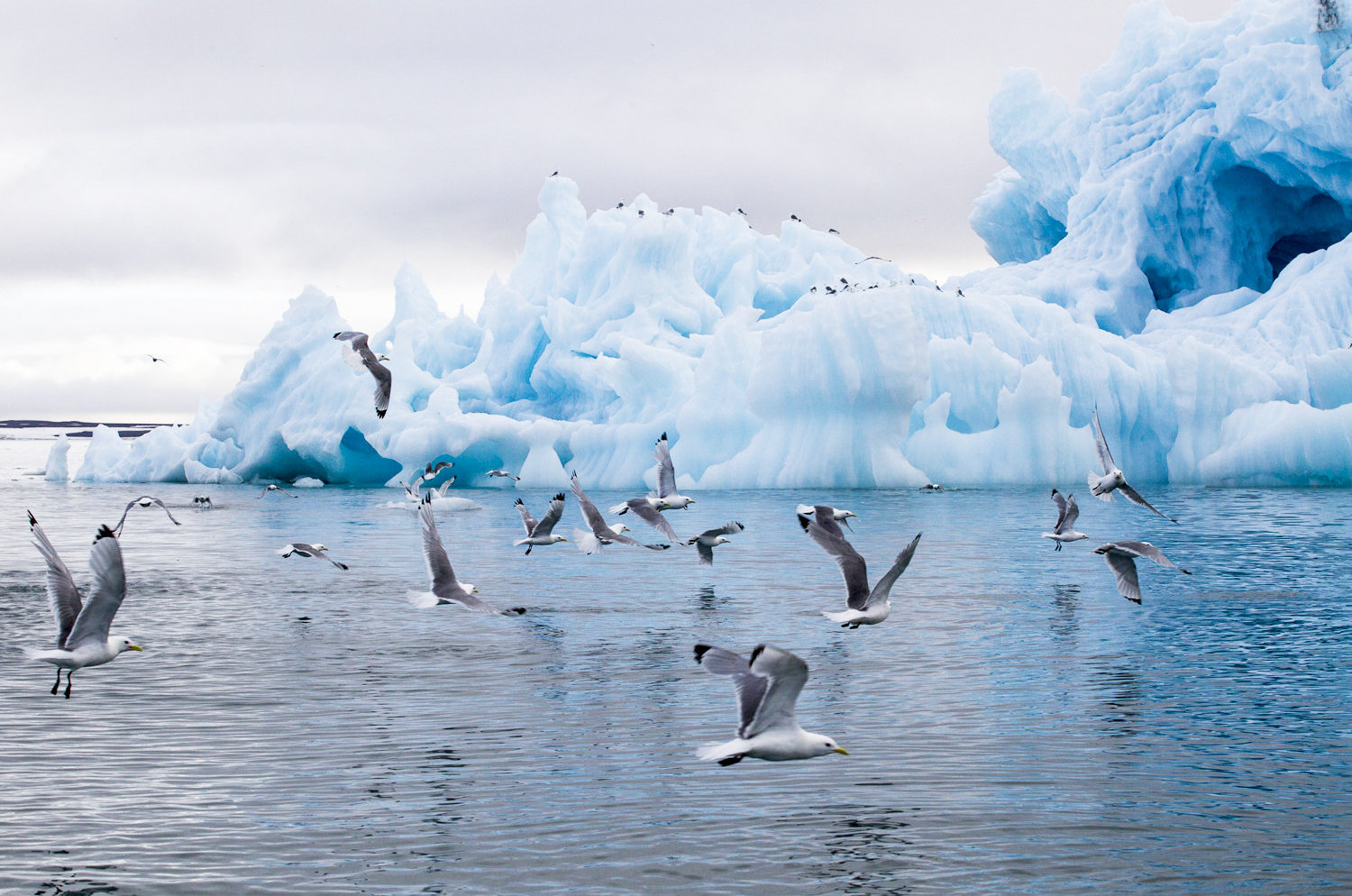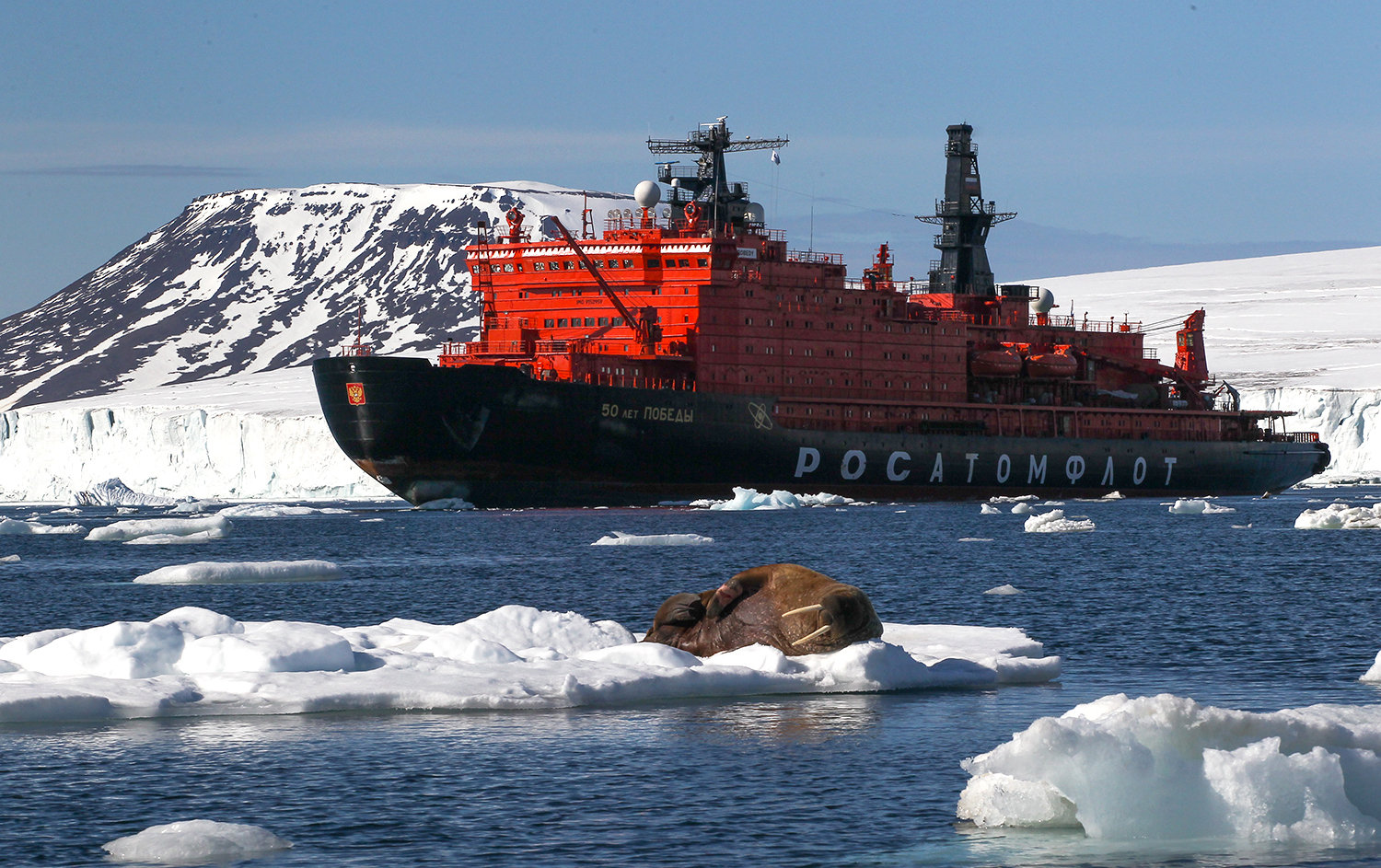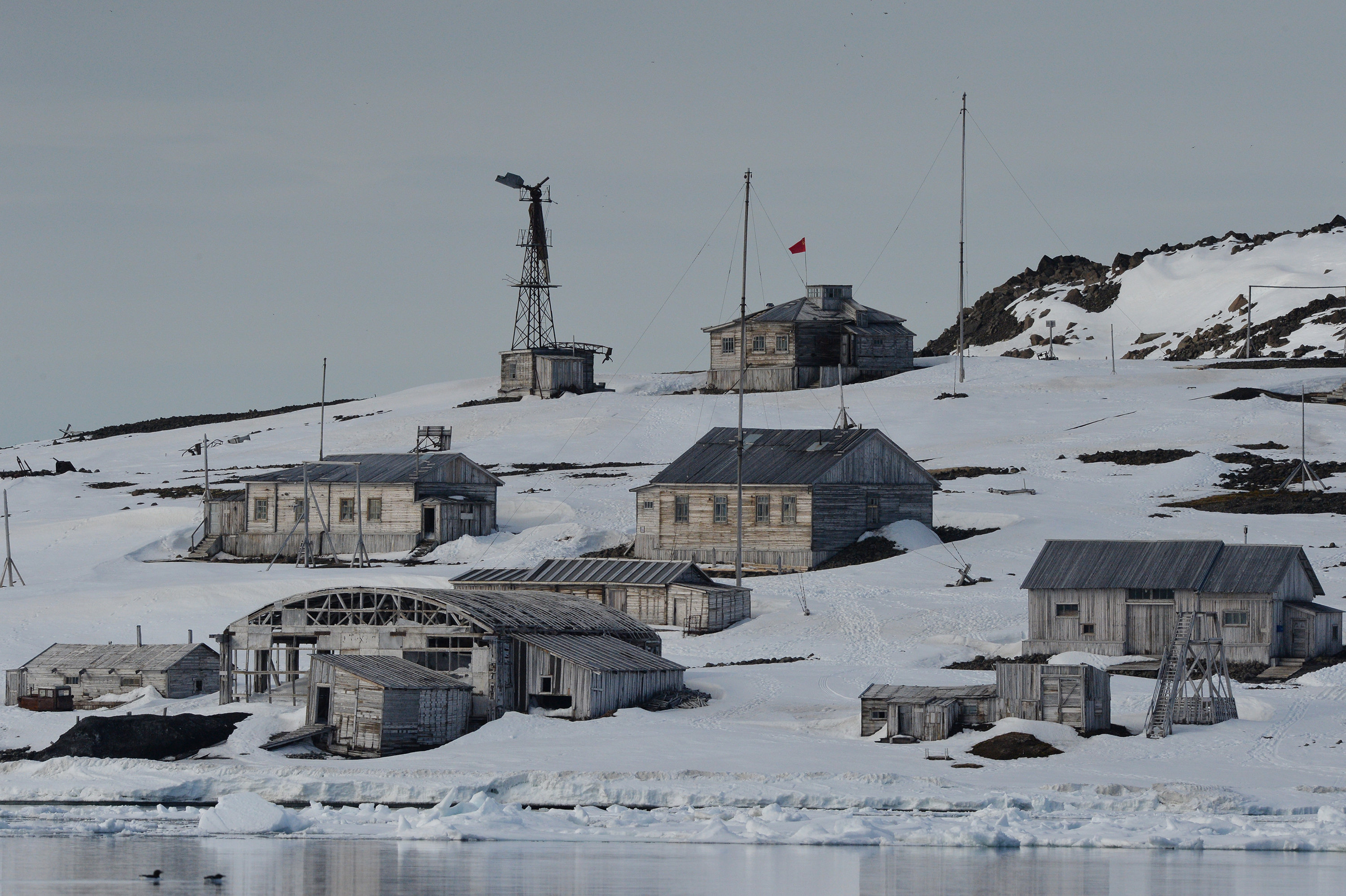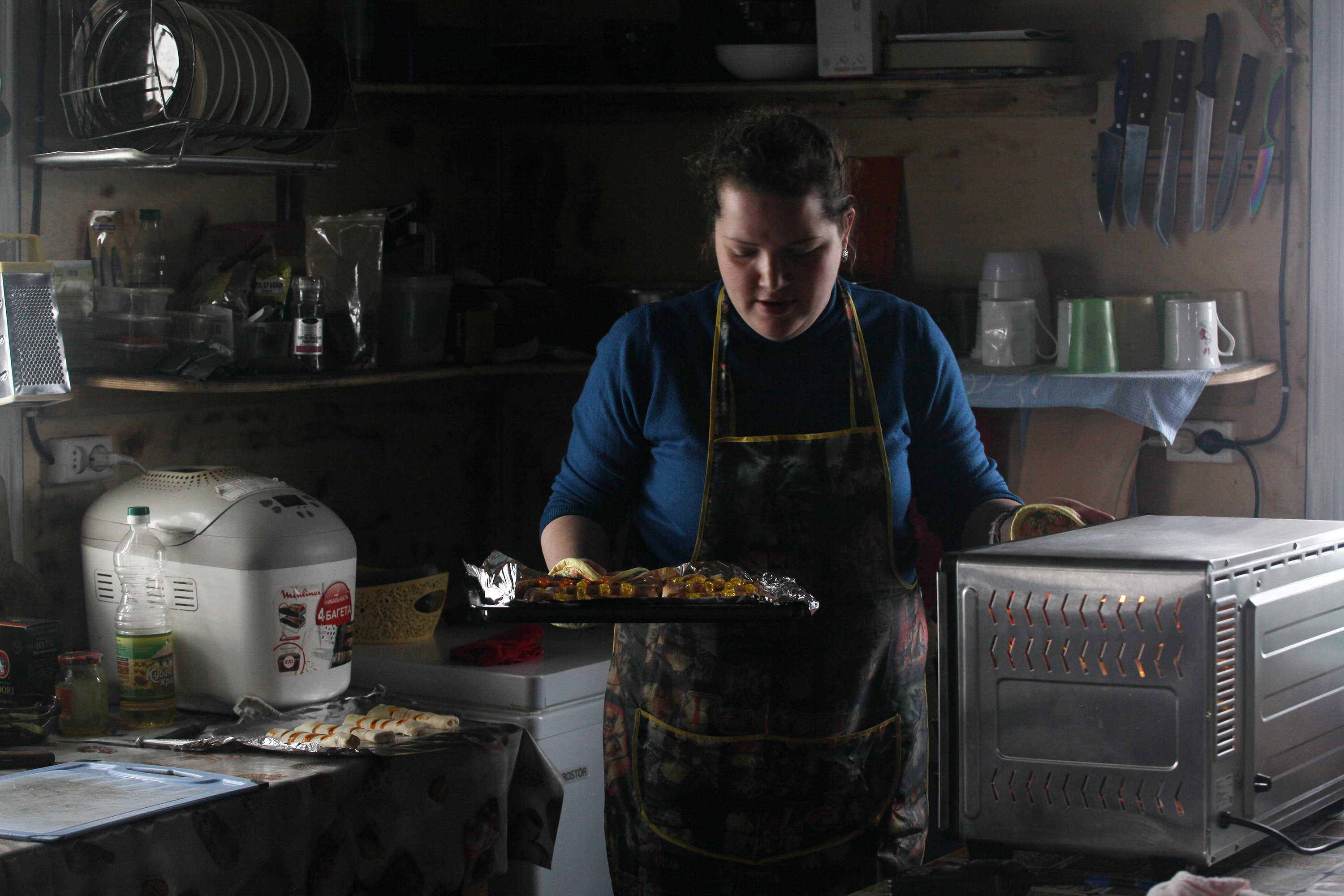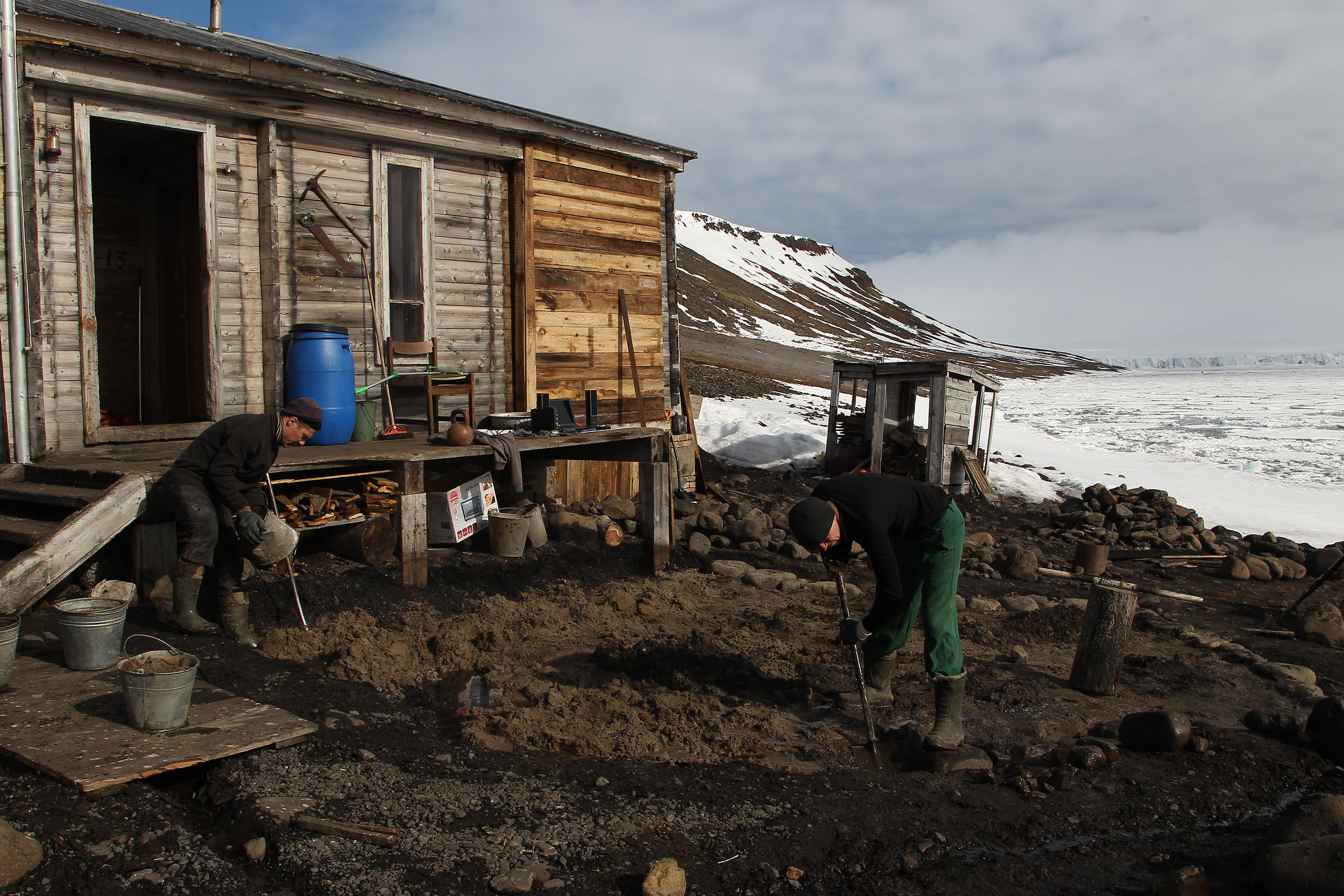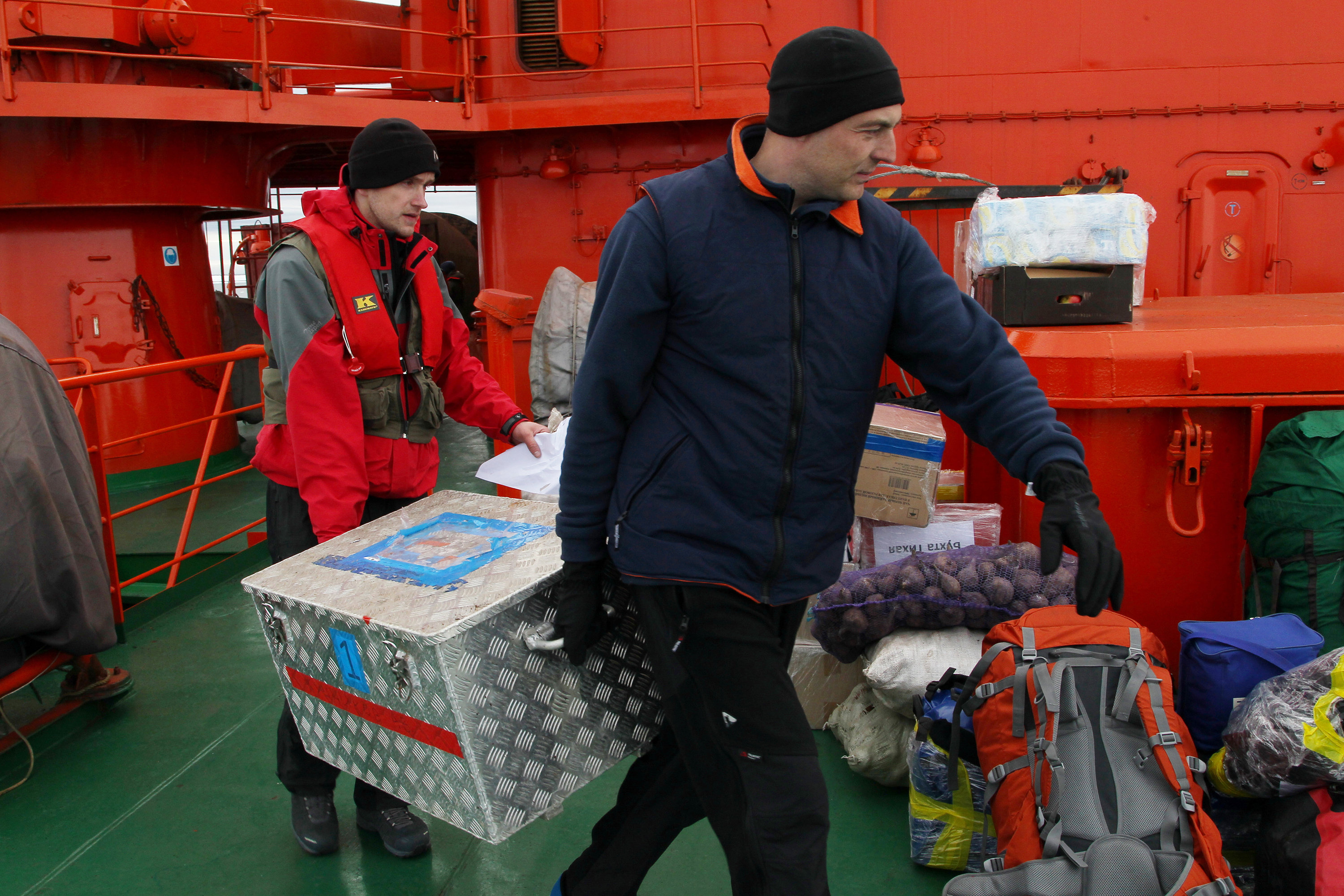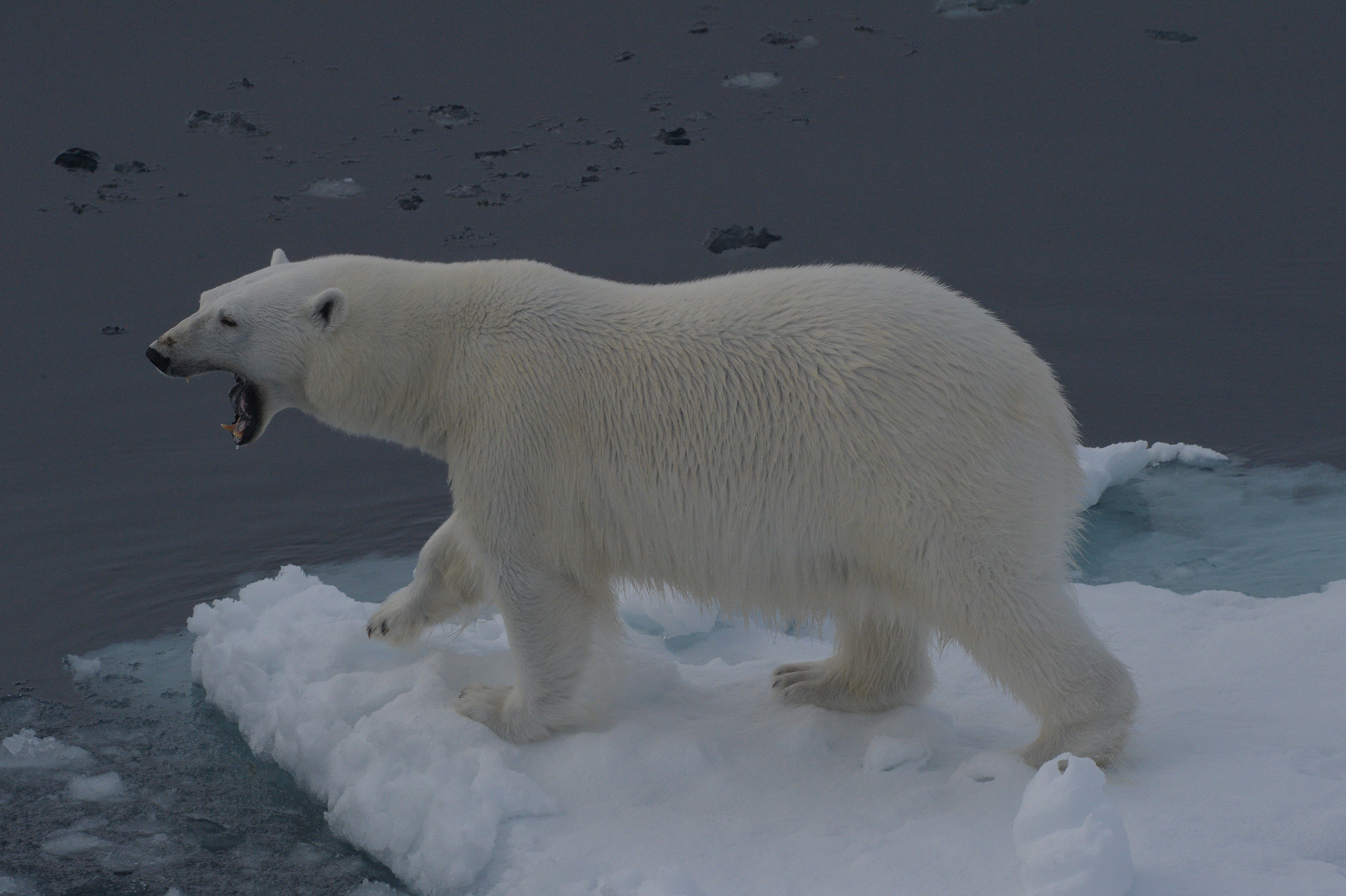Last season, in the attic of a home in Tikhaya Bay, polar explorers found a red ballot-box with a seal made from plasticine.
"That was a high-quality ballot-box with a slot, meaning the locals were actively involved in the country's public-political life and never felt detached from the mainland USSR."
In 1943–1944, during the Great Patriotic War, the secret German meteorological station Treasure Hunter operated only 150 kilometers from Tikhaya Bay.
"I heard many legends about Hitler's bunker there and the Third Reich's gold reserves that were allegedly delivered to that facility. The Germans used a huge grotto in the vicinity to repair their U-boats. The entire German station has now turned into a pile of rusty tin cans."
Speaking of the national park's other territories, an eight-meter Pomor ship was found on Novaya Zemlya in 2016. Its hull was coated with sturdy Vitsa ropes, made from twisted tree trunks, for greater durability. In 2017 and 2018, Yermolov located parts of a 1930 metal flag on Alger Island and donated them to the museum's collection.
"The expedition heading toward Tikhaya Bay involved the best Soviet researchers, including Otto Schmidt, Rudolf Samoilovich and Vladimir Wiese. During their first stint in 1929, they set up a station on Hooker Island. In 1930, they came back and installed a radio transceiver there, replaced the station's team and also landed the famous polar explorers Nikolai Urvantsev and Georgy Ushakov on Severnaya Zemlya. All of them visited Alger Island and had relevance to placing the flag there. This was the second Soviet expedition to Franz Josef Land, with its members placing the Soviet state flag on these disputed territories for the first time. Therefore they became part of the USSR."
